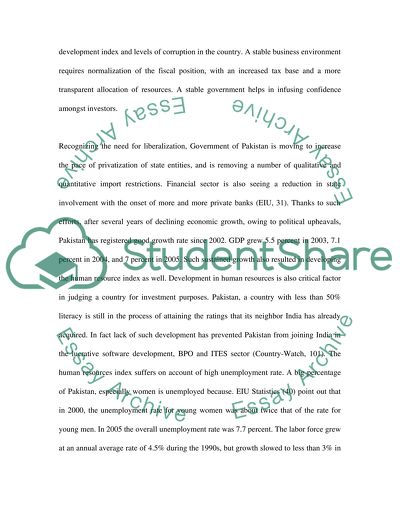Cite this document
(“Economy of Pakistan Essay Example | Topics and Well Written Essays - 1750 words”, n.d.)
Retrieved from https://studentshare.org/politics/1525239-economy-of-pakistan
Retrieved from https://studentshare.org/politics/1525239-economy-of-pakistan
(Economy of Pakistan Essay Example | Topics and Well Written Essays - 1750 Words)
https://studentshare.org/politics/1525239-economy-of-pakistan.
https://studentshare.org/politics/1525239-economy-of-pakistan.
“Economy of Pakistan Essay Example | Topics and Well Written Essays - 1750 Words”, n.d. https://studentshare.org/politics/1525239-economy-of-pakistan.


